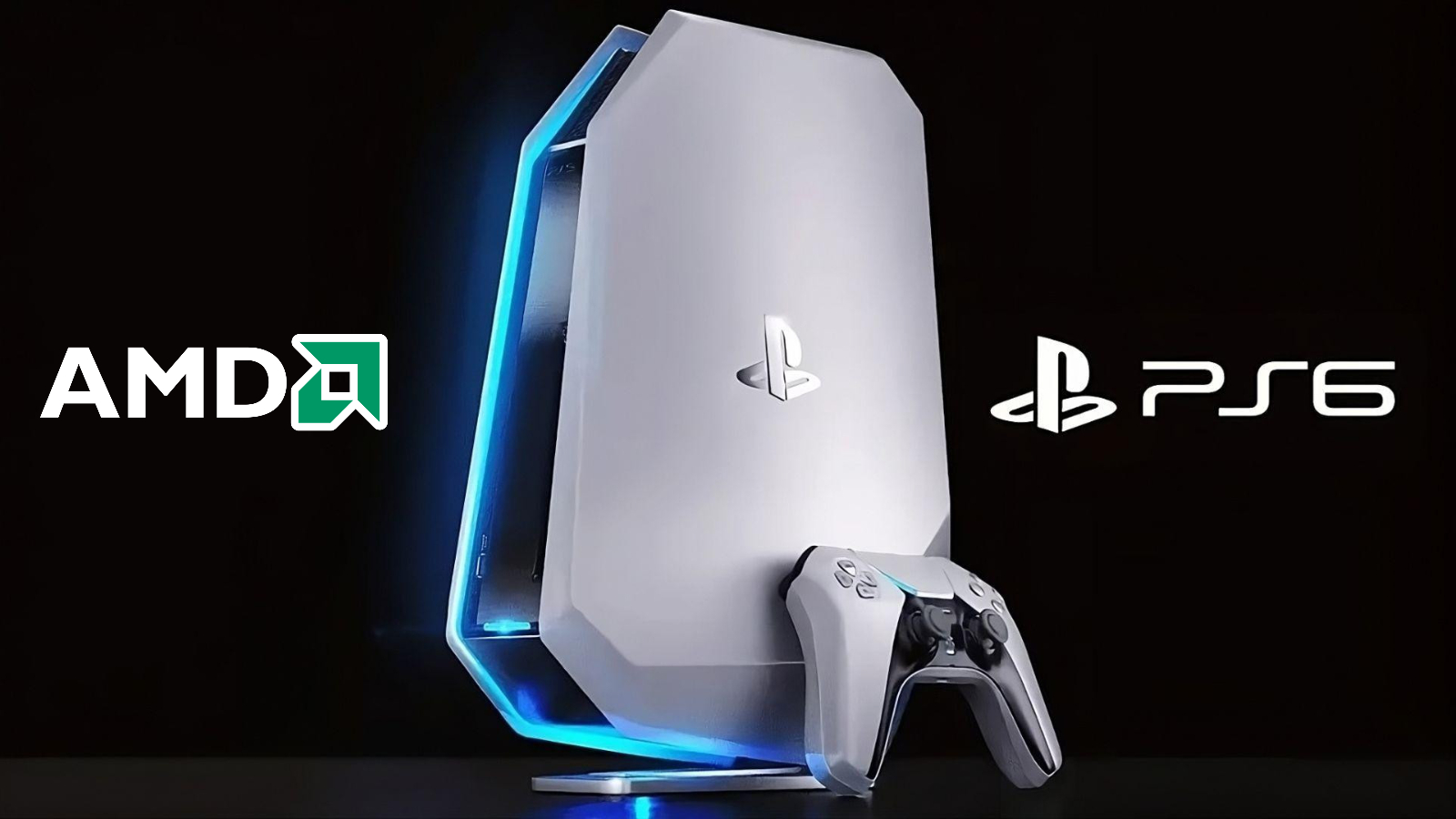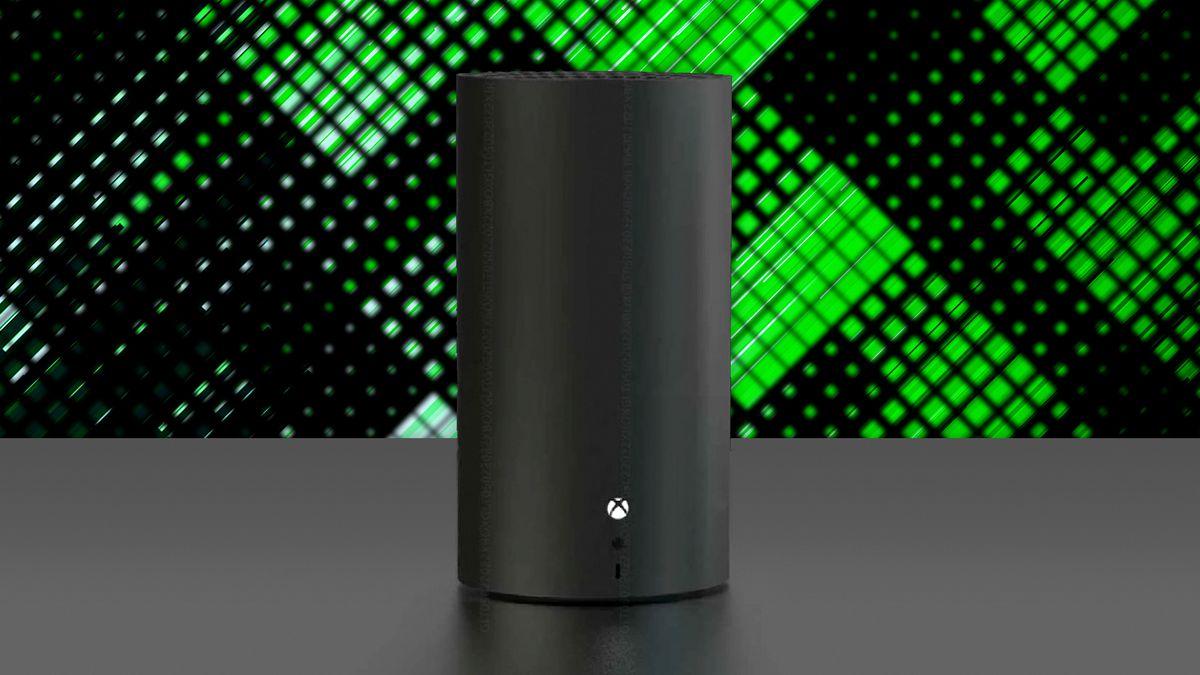- PS6 performance is equivalent to the RX 9070 XT, while the next-gen Xbox is comparable to the RTX 5080.
- Both consoles will be built on the RDNA 5, which has more features than Nvidia’s Blackwell architecture.
- Xbox and PlayStation will take different approaches in the next generation.
Despite hardware progressing slowly over the past few years, fans have high expectations from the next-gen consoles in terms of power. A proper next-gen experience may be challenging to deliver in these times, especially considering the rising costs of hardware and inflation.
Still, Sony and Microsoft may manage to deliver a proper upgrade over the current consoles. As per a reliable leaker, the PS6 will deliver a performance equivalent to AMD’s current flagship GPU, RX 9070xt, while the next-gen Xbox is a bit stronger, matching the capabilities of an RTX 5080.
Why it matters: The RX 9070xt and RTX 5080 are certainly capable GPUs and the best from their respective lineups. The next-gen consoles will certainly promise decent capabilities.

As per KeplerL2, both PS6 and next-gen Xbox are being powered by AMD’s next RDNA 5 (UDNA) architecture. The same architecture is also said to be AMD’s biggest overhaul since the GCN (Graphics Core Next) era that debuted in 2012 with the HD 7000 series.
As such, RDNA 5 is expected to bring massive changes and is more feature-loaded in contrast to Nvidia’s Blackwell architecture. The insider also linked several patents to prove his claim.
Earlier leaks have also suggested that PS6 would use around 24 GB of unified memory, sporting a Zen 6 CPU. Reports also indicate that Sony aims to release a handheld PlayStation console side-by-side, which will be capable enough to run PS5 games natively.

On the next-gen Xbox, the console will utilize AMD’s Magnus APU, featuring 11 core counts and the biggest SoC die in a console so far. Xbox will be competing against pre-built PCs rather than PS6, and this unorthodox SoC configuration will help them deliver upgrades faster than a traditional console cycle.
What are your thoughts on this report? Do you think the next-gen consoles could cram all these specs without raising costs? Let us know in the comments below, or at the official Tech4Gamers Forums.
Thank you! Please share your positive feedback. 🔋
How could we improve this post? Please Help us. 😔
[Staff Writer]
Shaheer is currently pursuing a Business degree while also working as a part-time Content Writer. With his deep passion for both writing and video games, he has seamlessly transitioned into a role as a Journalist. Over the past two years, Shaheer has contributed as a freelancer to various websites and landed positions on acclaimed platforms like Gamerant. Currently, his role at Tech4gamers is as a Features Writer, but he also covers News occasionally. Shaheer’s favorite gaming franchises are Assassin’s Creed and the God of War series.
Get In Touch: shaheerzahid03@gmail.com


 Threads
Threads

